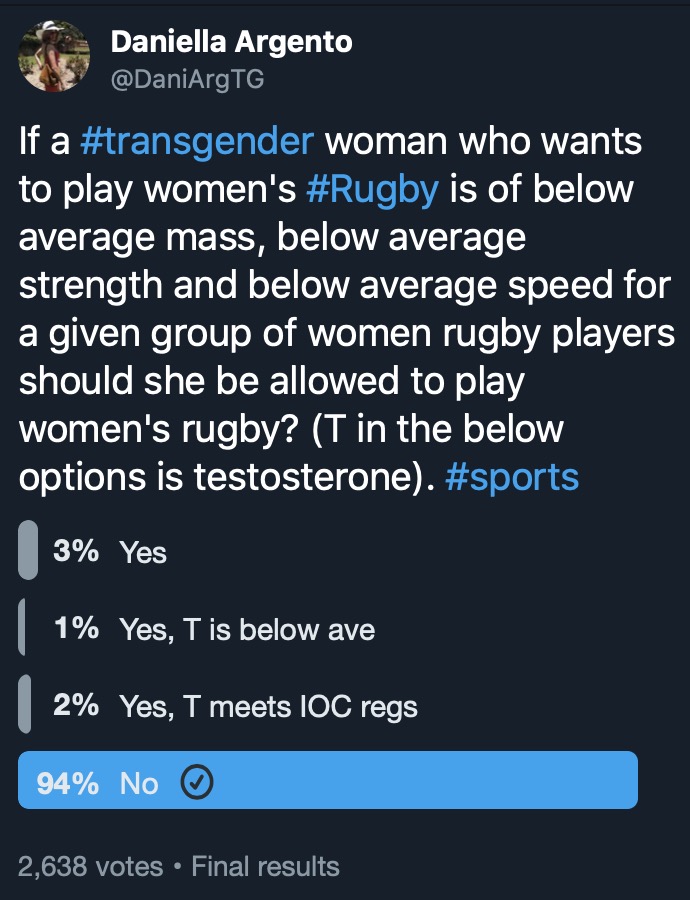
The World Rugby Transgender guideline is now out, and fully available here: playerwelfare.worldrugby.org/gender You’ll also find a document called FAQs which tries to answer some common questions. We firmly believe it is the right thing in an emotive issue, for many reasons.
The Guideline is also accompanied by a visualisation that summarises the available physiological evidence that informed the Guideline. Here are those images, but I’d encourage consideration of all the issues - biological, legal, medical, social, ethical. All are in the doc & FAQs 


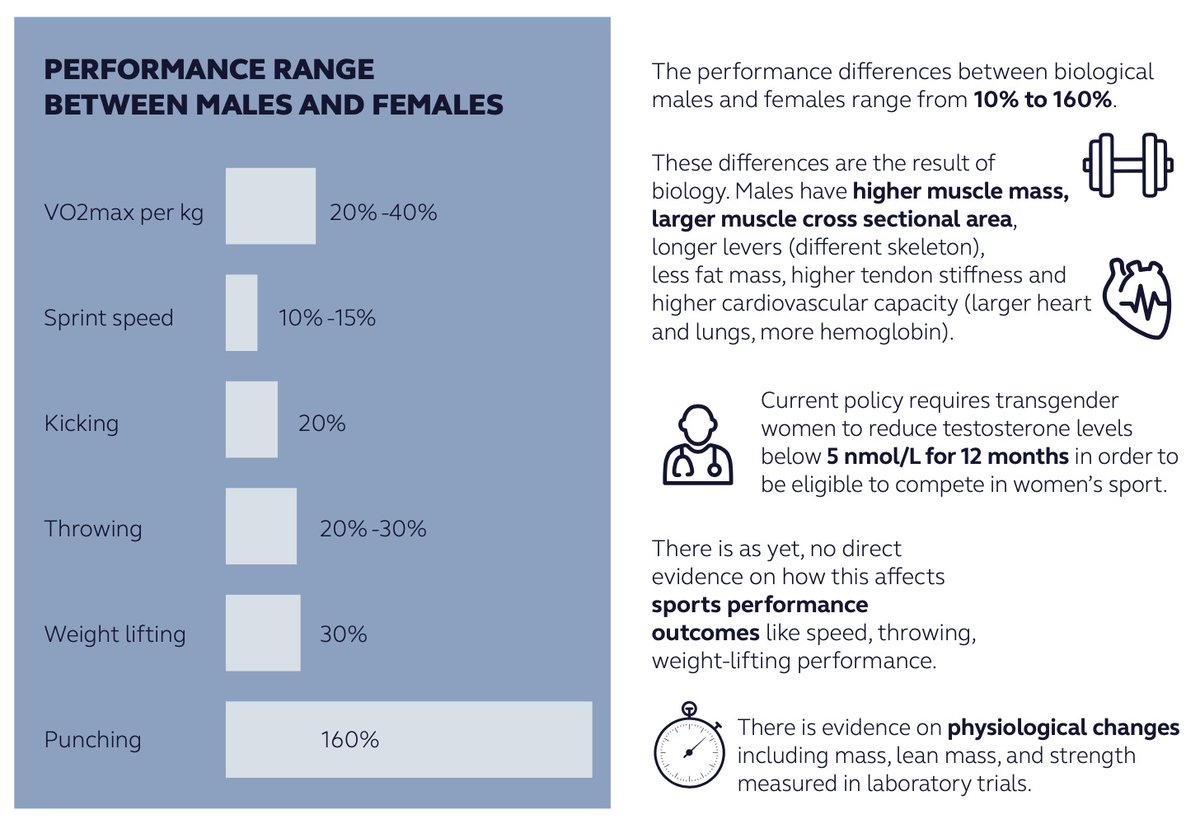
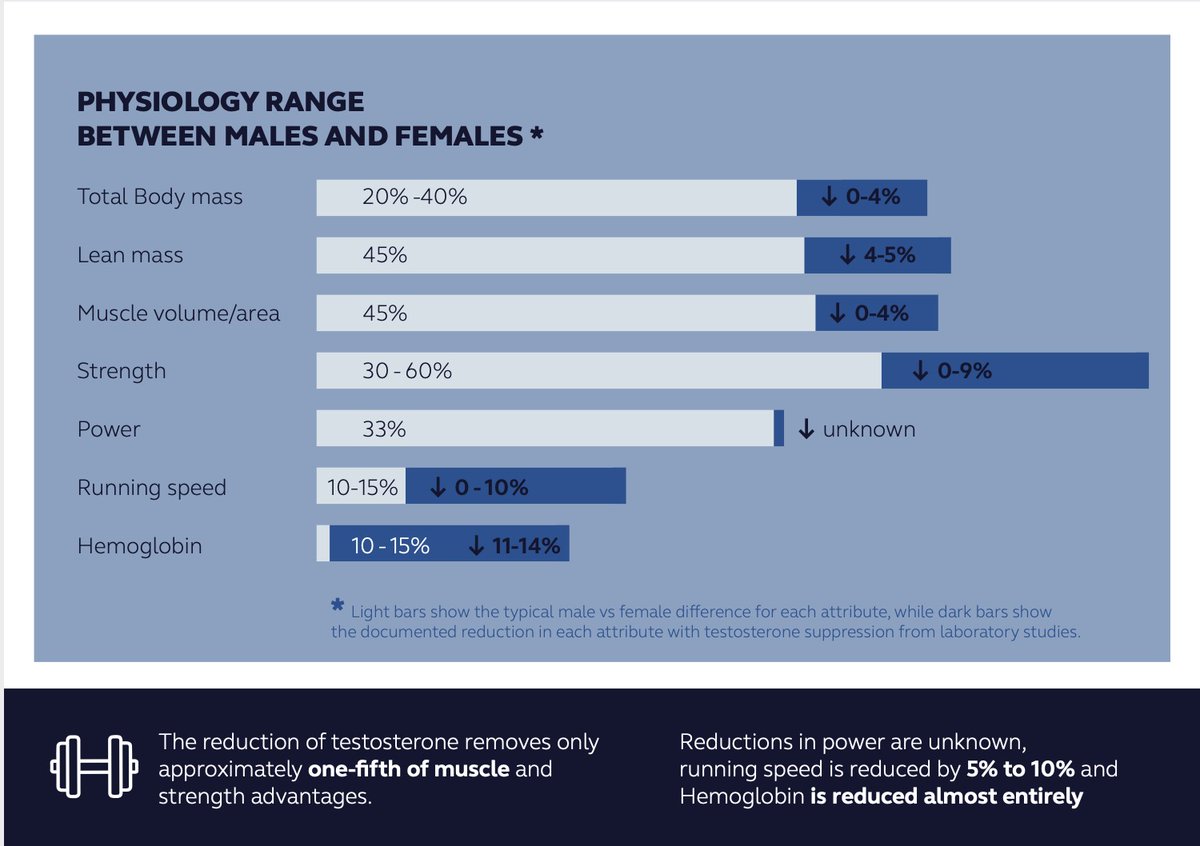
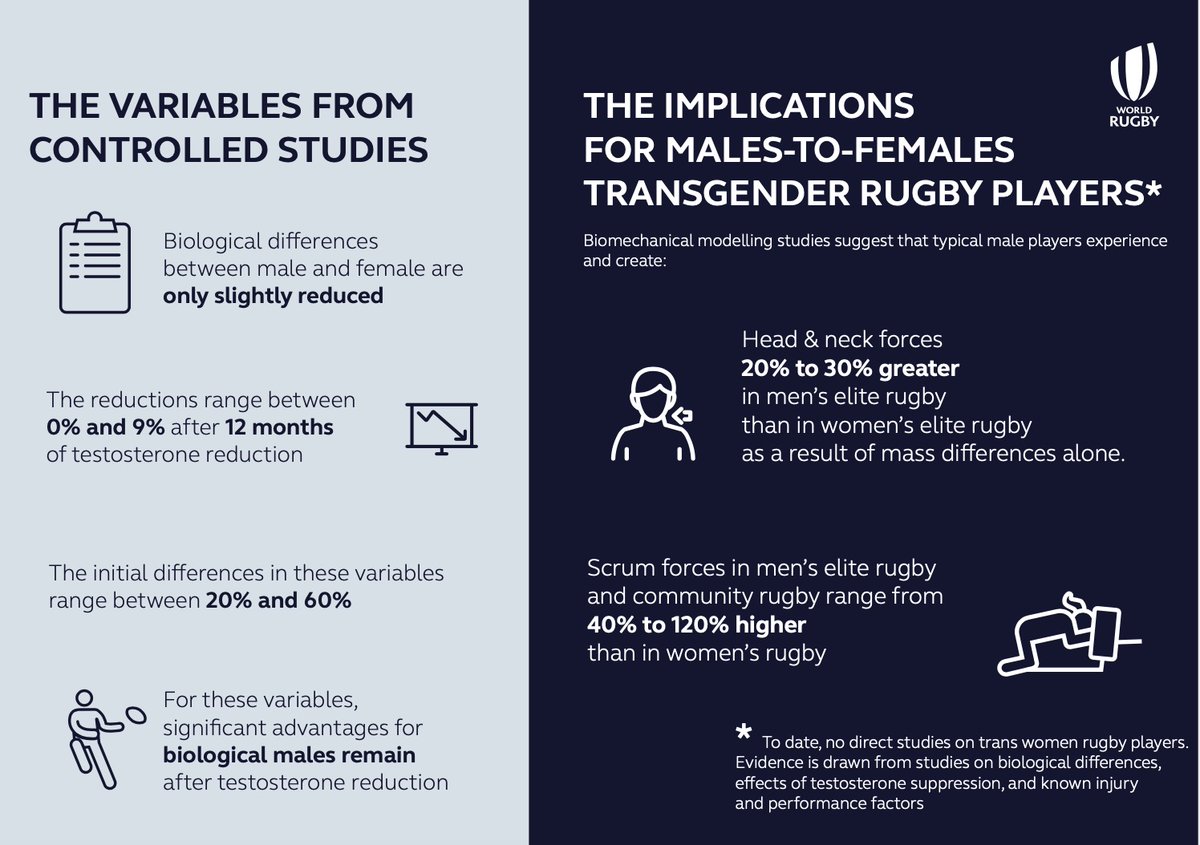
As brief a summary as I can provide:
It is not possible to balance inclusion, safety and fairness. All the quality evidence, even if incomplete, strongly suggests that advantages are retained with welfare & performance implications. Therefore, players must compete in sex category
It is not possible to balance inclusion, safety and fairness. All the quality evidence, even if incomplete, strongly suggests that advantages are retained with welfare & performance implications. Therefore, players must compete in sex category
We genuinely did strive for inclusion (see trans men ‘bypass’), but where it is apparent that it would compromise safety and performance, it cannot be achieved. Categories of sex exist for a reason and with the contact injury risk of rugby, this is the correct decision.
That said, we are committed to an annual review of the available evidence, because a few universities are doing quality stuff in this area. And a formal review of the guidelines is guaranteed every 3 years. For now, every piece of evidence points one way, and we went that way
And allow me to say, on a personal note - many of you may have questions & thought,. I pretty much guarantee that we thought about EVERY SINGLE ONE. Hard. We were not frivolous or reckless with evidence. The document & FAQ represent our best effort at summing up our ‘struggle'
So again, please read the full documents to see the process. But I thought a few of the common issues might be worth raising here. So here are some common questions and our responses, for Twitter consumption:
1. Is the research valid, if it’s not on athletes or people training?


1. Is the research valid, if it’s not on athletes or people training?
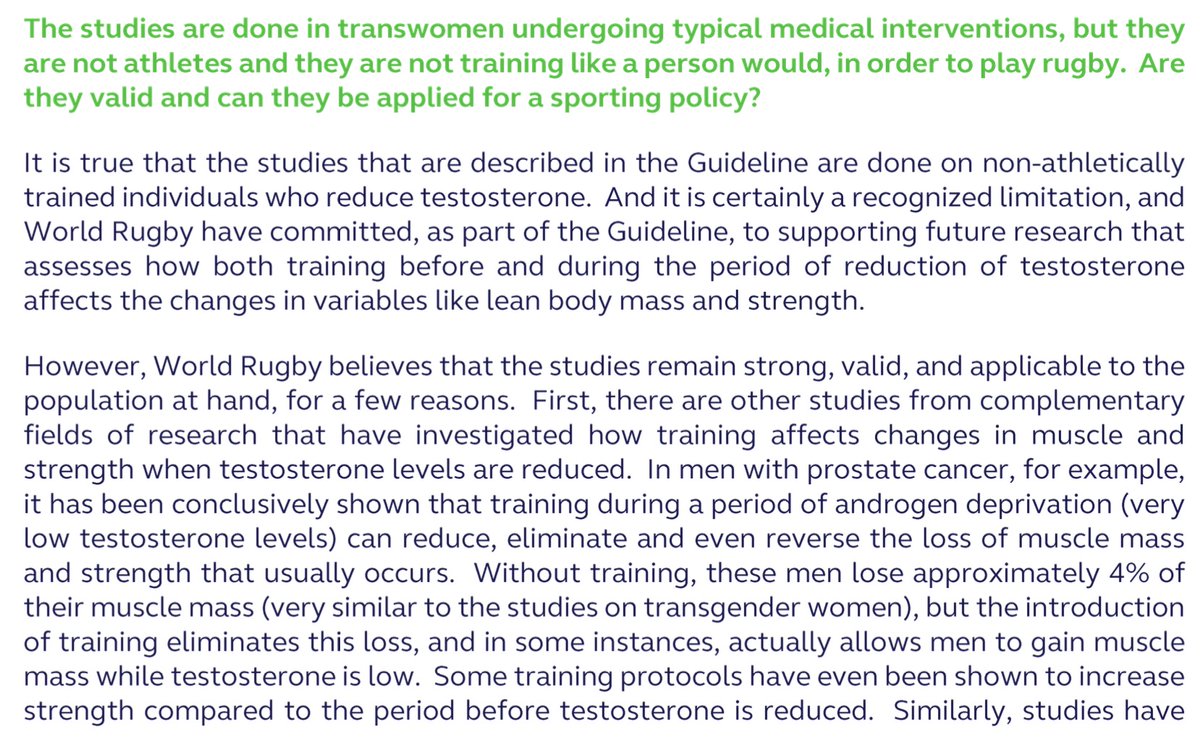
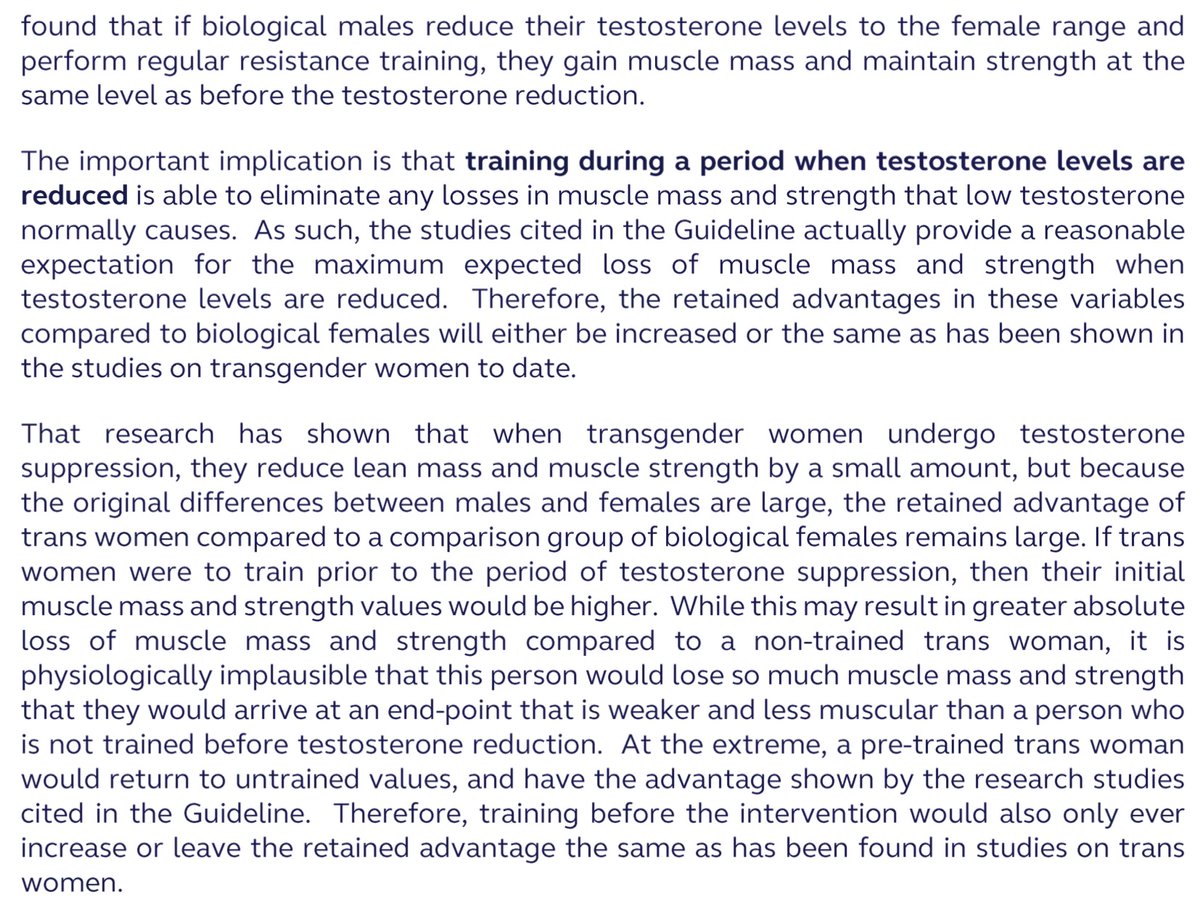

2. Many people have advantages in sport - tall people have an advantage in basketball, isn’t that same as transgender women having strength, mass, speed or power advantages? 


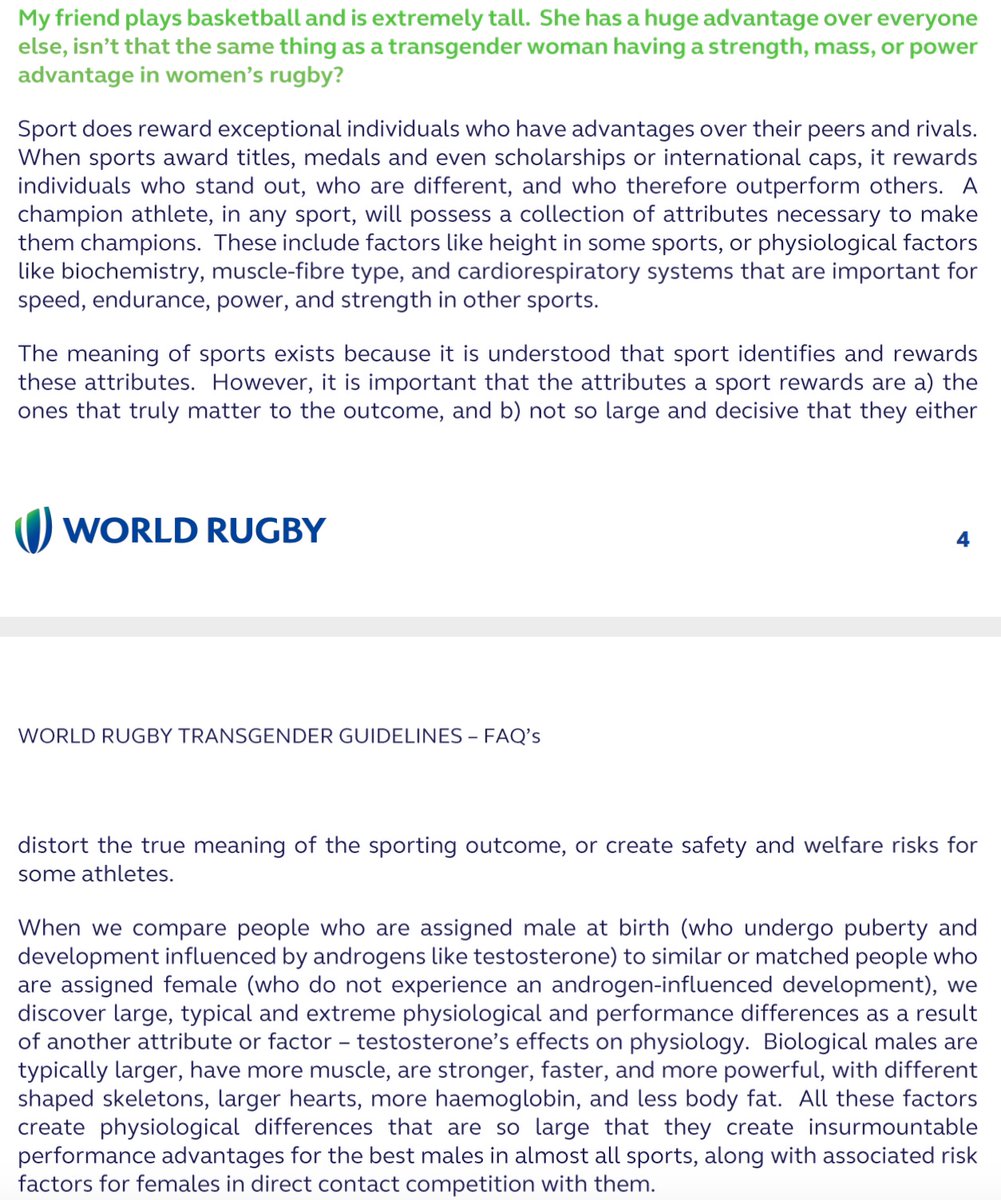
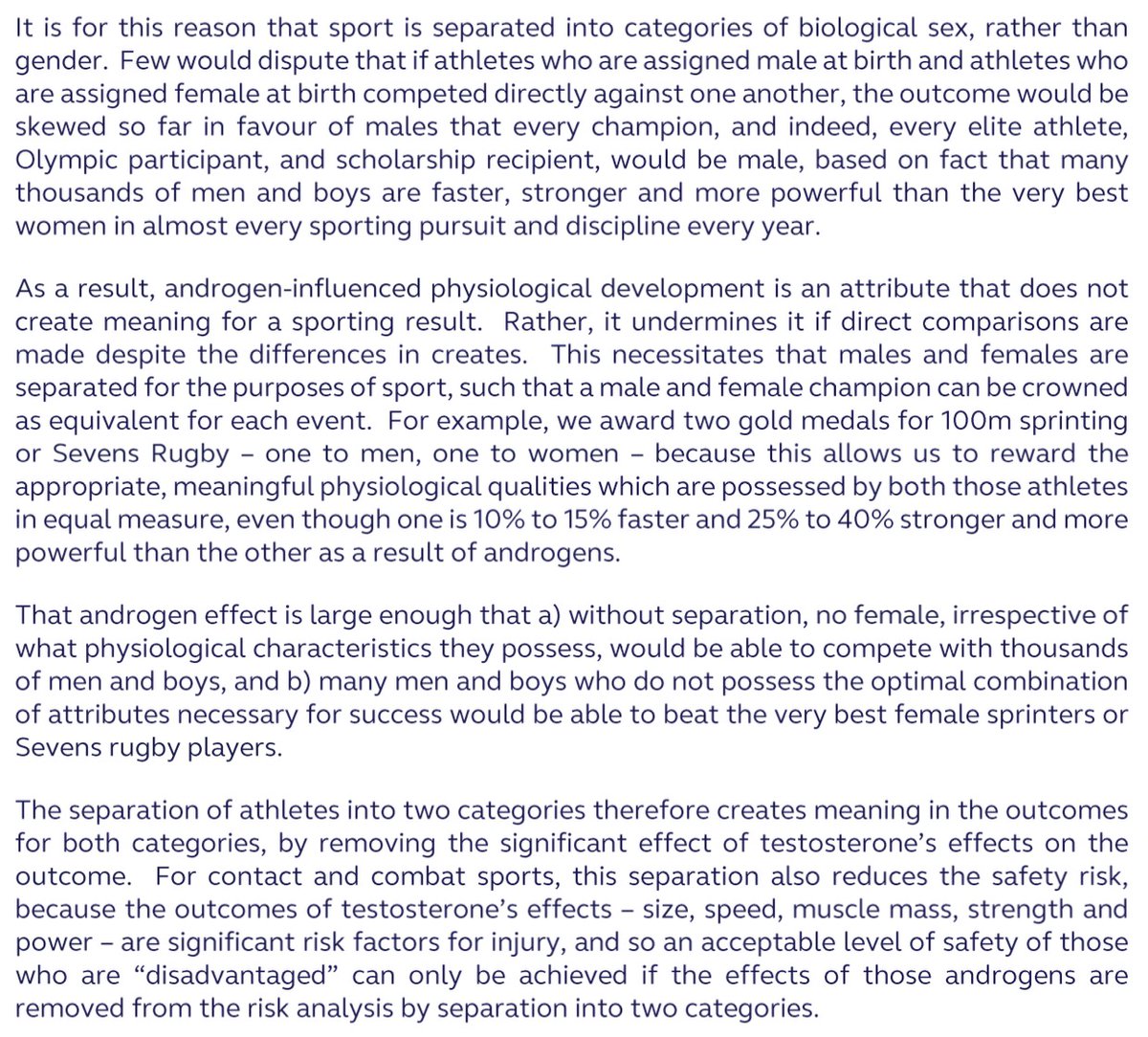
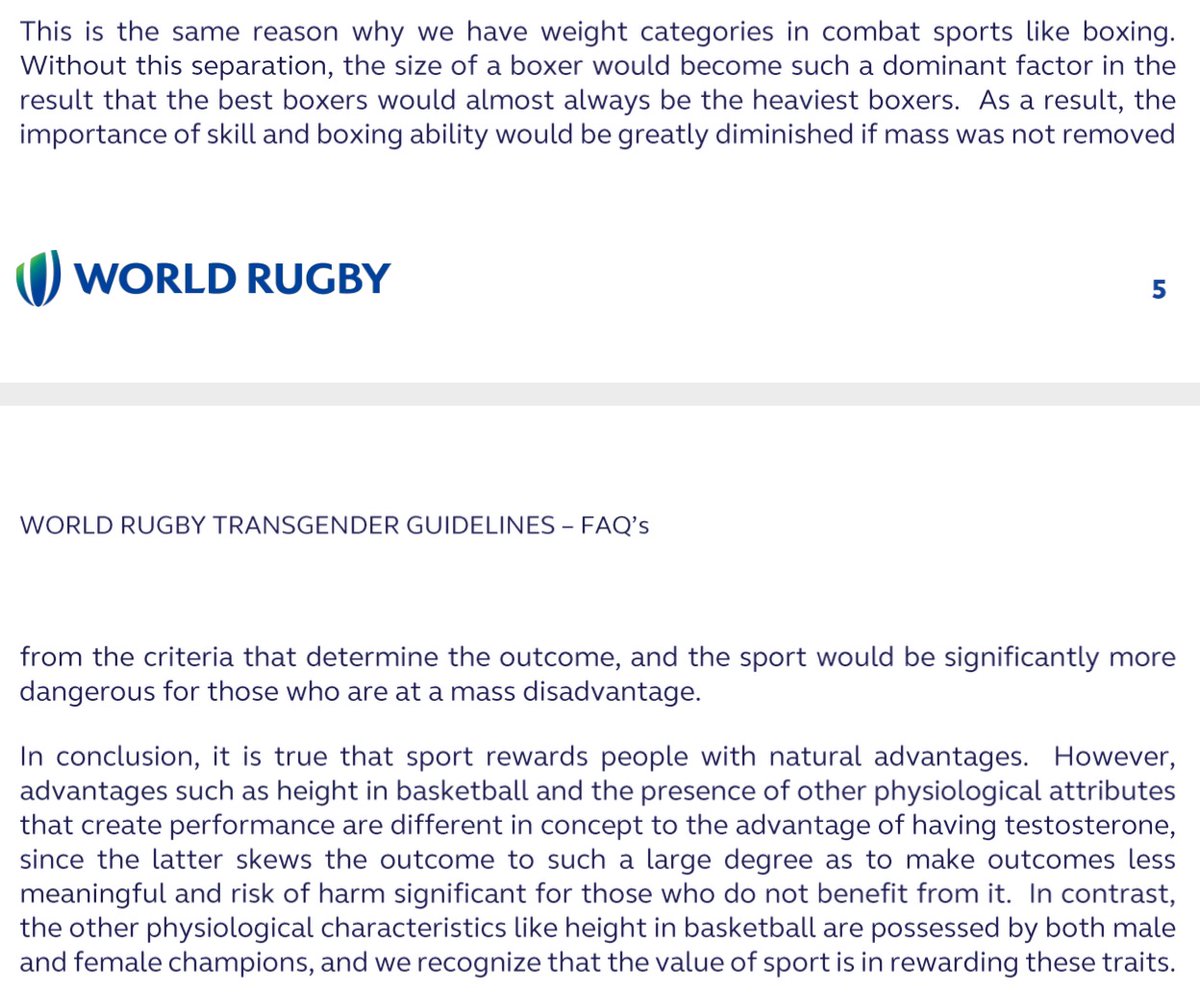
3. Can you not assess trans women on a case by case basis? (this question dulls my belief in people, really…Imagine trying this out for a really poor heavyweight boxer who wants to fight lightweight. Or adults wanting to play against kids) 


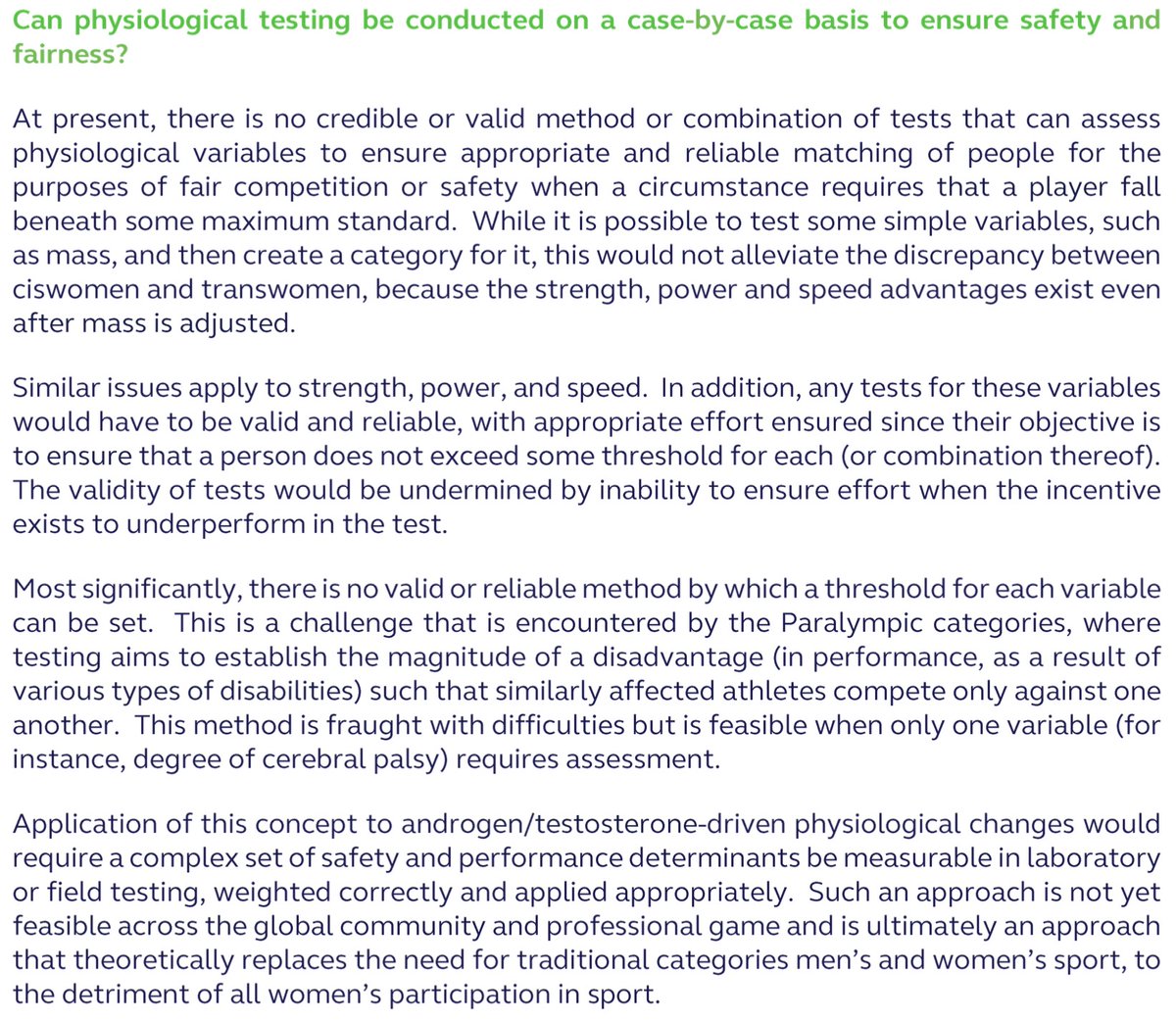
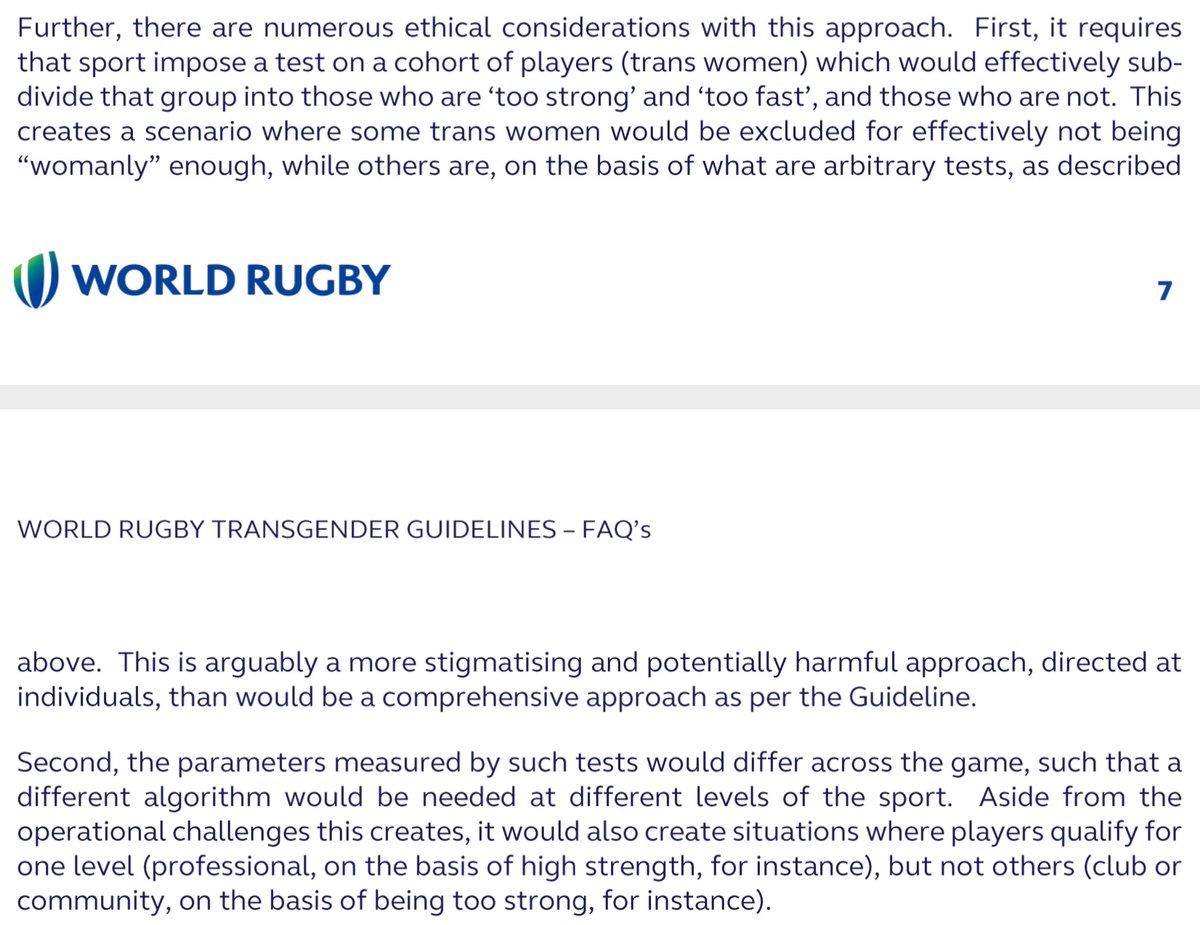
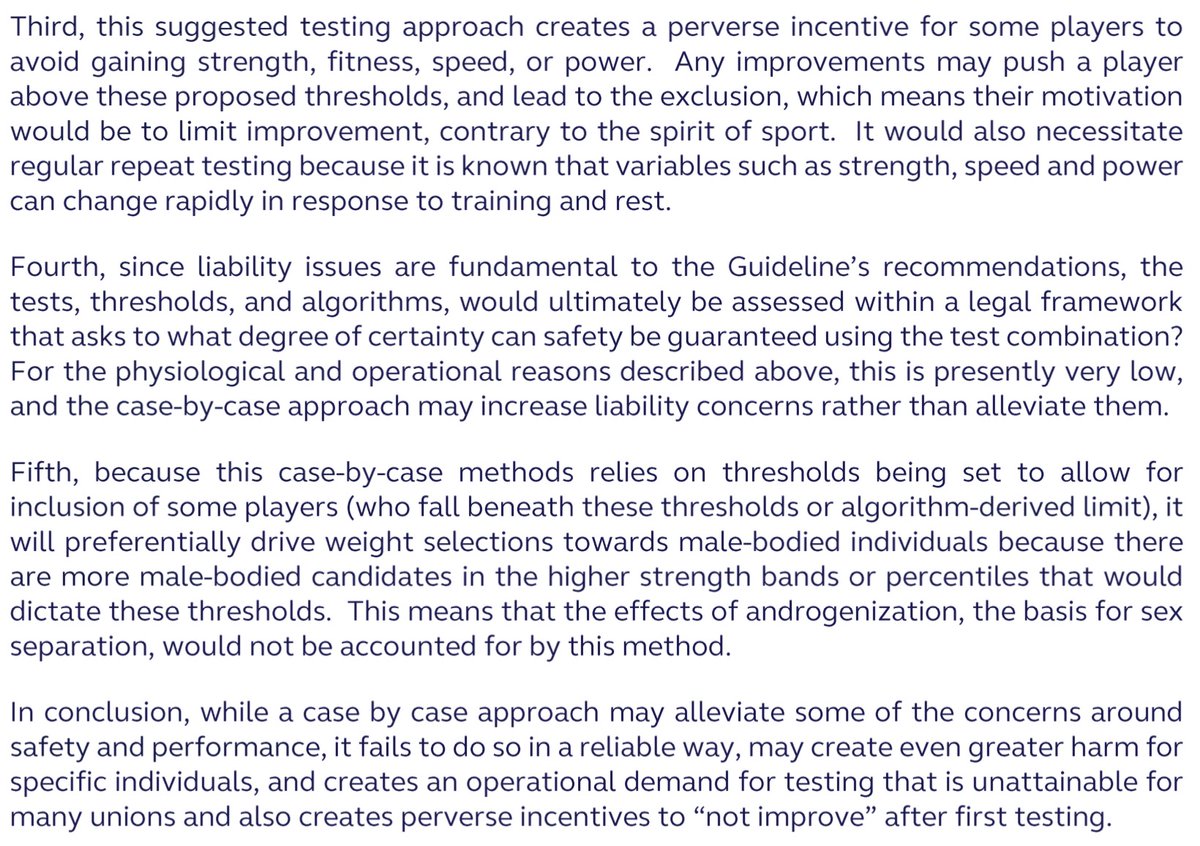
And that’s that for now. There are some lengthy documents there, and many, many hours of discussion, argument, angst and analysis gone into reach the decision. We believe it is correct. We know it is emotive. And we’re committed to continuing to assess the evidence, not emotion.
• • •
Missing some Tweet in this thread? You can try to
force a refresh

